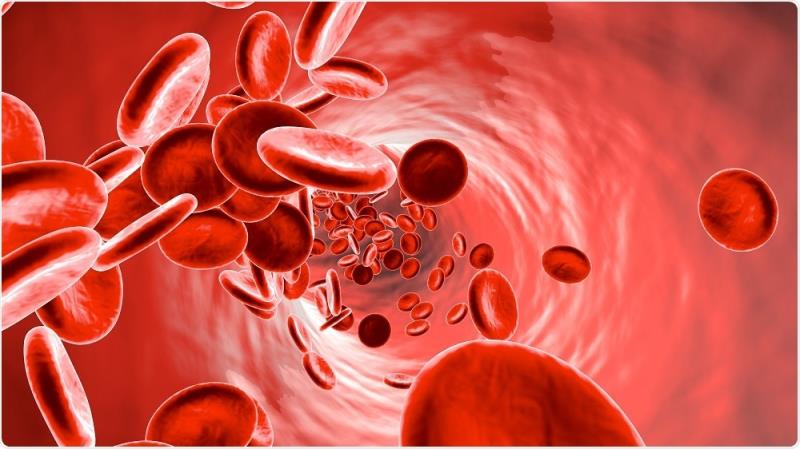
The use of capsule endoscopy (CE) appears to be effective in the diagnosis of iron deficiency anaemia (IDA), yielding a 33.9-percent yield in this study, with 65.8 percent of patients undergoing further workup and 12.7 percent requiring therapeutic intervention.
In addition, CE may also be useful in the investigation of occult gastrointestinal (GI) bleeding and has important implications for further management, the authors said.
The study included 1,351 individuals who underwent CE in Winnipeg, Canada, between 2005 and 2016. One reading physician reported all results. Data included demographics and requested information on medication use, prior imaging studies, haemoglobin and ferritin levels.
CE was indicated for occult GI bleeding or IDA in 620 patients (46 percent; mean age 62.9 years; mean haemoglobin level, 89 g/L; median ferritin level, 9 μg/L). Positive findings on CE were then categorized as either “definite” or “possible.”
The authors carried out multinomial regression analysis to determine the variable correlated with definite CE findings and a survey analysis to examine how the study results impacted further management.
Of the 620 patients, 210 (33.9 percent) had positive findings (definite, 23 percent; possible, 10.8 percent). Majority of the definite findings were vascular ectasias (47.5 percent).
Age (relative risk ratio [RRR], 1.04, 95 percent confidence interval [CI], 1.02–1.06) and male sex (RRR, 1.88, 95 percent CI, 1.25–2.83) predicted the definite findings. Overall, 12.7 percent of positive studies required therapeutic intervention, with 65.8 percent undergoing further workup.
“There was some ambiguity in the recent guidelines on the use of CE in cases of IDA,” the authors noted.